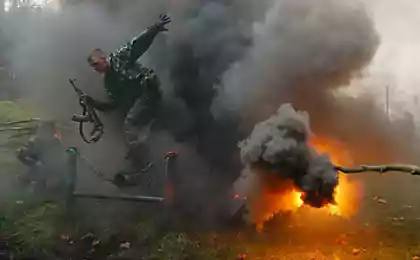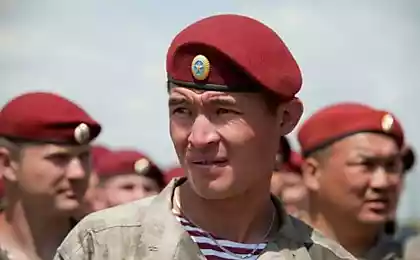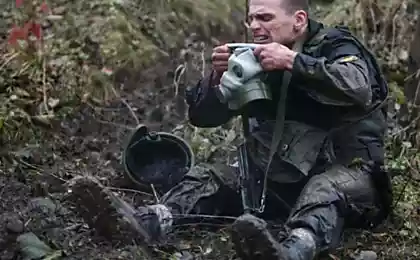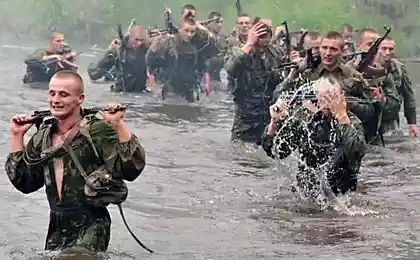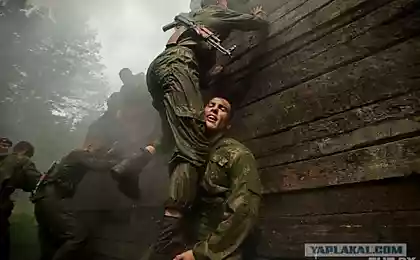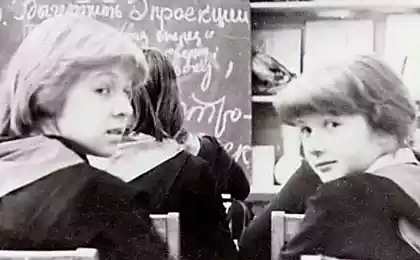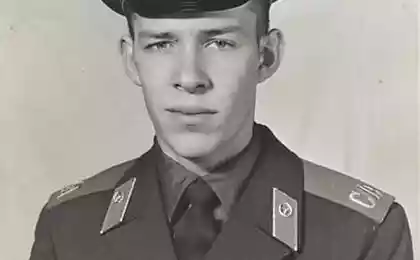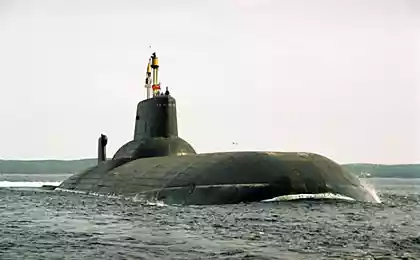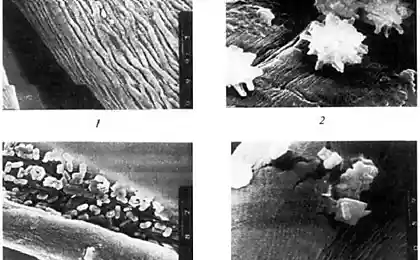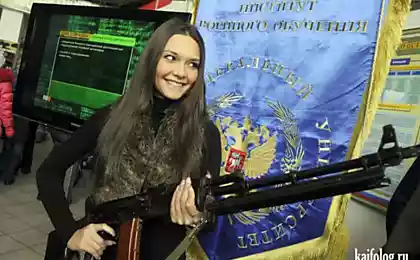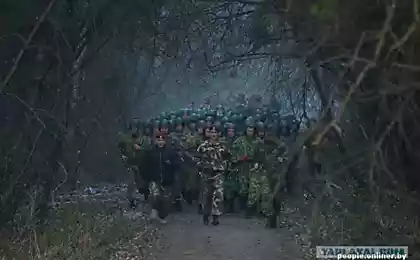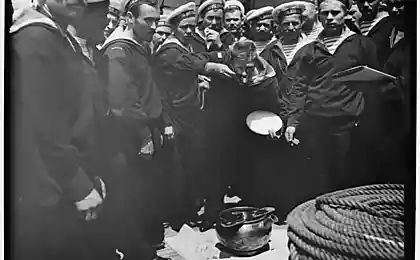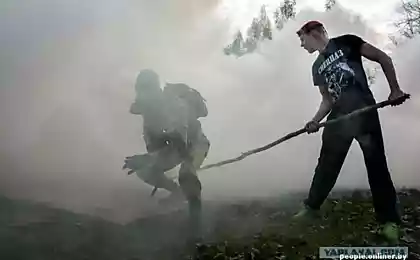1322
From to beret caps
In the Great Patriotic War were caps and Soviet soldiers, and soldiers of the Wehrmacht, but unlike the German model, our victory to stay in its unaltered form.
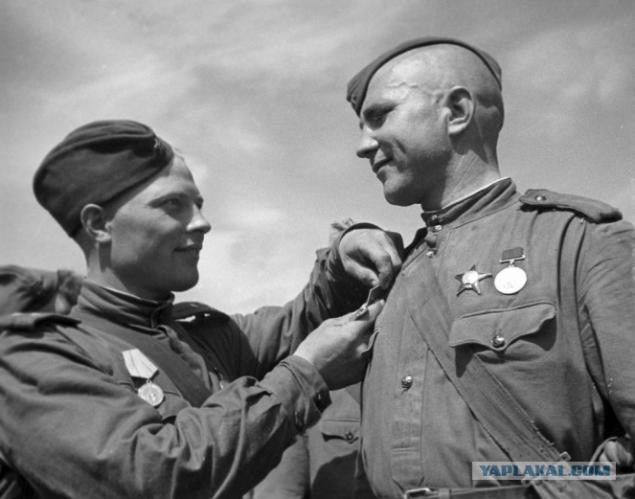
In the beginning was taking
Fashion historians claim that there was a garrison cap of the beret, which came up with the Celts. As for the beret, no one knows how and when the baggy cap gained popularity. Meanwhile, many of the ideas for the caps, such as edge and pompom, were taken because of the beret. In particular, balls, stuffed with rags, sewed to take not for the sake of ostentation, but in order not to bang your head to the lower cabins of ships. But, as it turned out, from this headdress only won. And in order to not Berets flew in windy weather, the sailors tied up their piping. However, they still crawled up and takes the form of an inverted boat, but it looked beautiful.
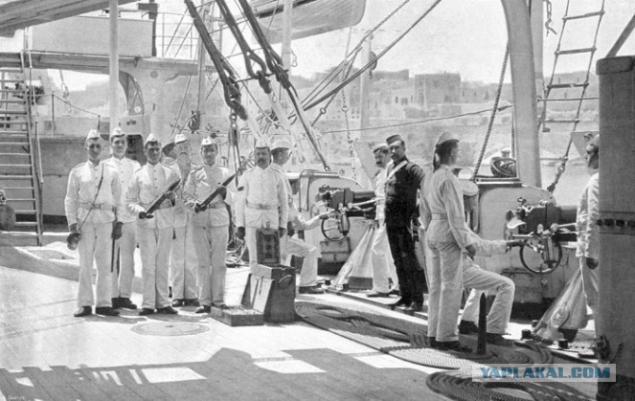
Glengerri or Šajkača?
In 1811, in parts of the British army in parallel with shakos cumbersome for everyday life wore berets. And in 1830, Her Majesty the soldiers began to wear kilmarnokskie Bonnets (cap) borderless, was named after the factory that produces them. In 1848, the Scottish Colonel Alexander Macdonell of Glengerri replaced the bonnet Tam Balmoral, folded in half. He did this in order to highlight his regiment against the background of the British Army. Headdress later became known as "glengerri", and in fact he became the prototype of the traditional caps, which we are used to seeing today. In the middle of XiX century there were reports of Serbian cap "Šajkača", which is also considered a prototype caps. First, it sewed for sailors of the Danube river flotilla, and then for the officers. However, its appearance is not obliged to forage cap glengerri or Šajkača.
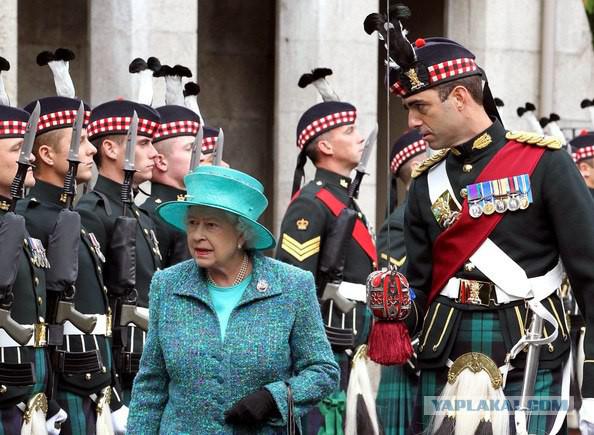
Laziness is the mother
According to the "Regulations on clothes officers," published in 1900 by the British War Office, Bonnets and glengerri became the official headgear of British troops. Wore them and the pilots of the Royal Air Force of Great Britain. However, for personal safety during flight oblige them to wear helmets. That is why before you get on a plane pilots piled Bonnets, bending back of the field so as to turn the cap in a narrow strip. Then shoved it under the shoulder straps. After the flight, the pilots were too lazy to smooth Bonnets and wore them as «fore-and-after», ie dvunosymi. It appeared as forage cap. In different countries, it has its own name and features. In America it - Garrison cap, Italy - bustina in Poland - furazhirka.
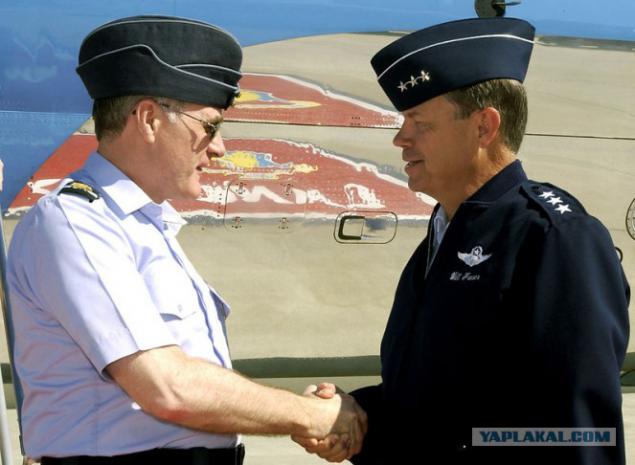
Polёtka
In tsarist Russia such headgear was first called "polёtkami" that fairly quickly transformed into "caps". The first time this word was slang, as in the statute referred to the "soft cap cloth folding for pilots." By the way, this hat was introduced in 1913 by the Chairman of the Foreign Commission for the purchase of aircraft and aeronautical assets SA Ulyanina. Cap, as shown, has been so practical, that after its pilots started wearing military other genera of the royal troops. The first people of the Soviet ground forces imposed cap of the uniforms were cadets of military courses of the Red Army. Order this was signed January 16, 1919. By the way, this innovation, many military leaders of the Red Army resisted, believing a relic of the king's cap.
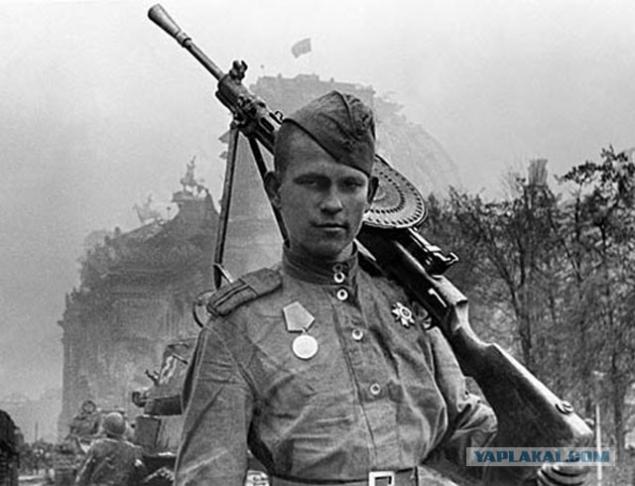
Nazi garrison cap also lost the war
March 16, 1935 was established the Wehrmacht, which has become a major field forage cap headpiece. She sewed so that the front part of the sidewall was above the back, cutouts corners on the lapels. For this purpose the fabric colors feldgrau. Ahead tricolor badge embroidered over which - imperial eagle. For officers contours stems and lapels were edging aluminum flagellum. Panzer generals also wore this hat with the difference that the forage cap was black, and the edge and the eagle - pink. According to numerous testimonies, German soldiers liked this piece. However, the war has contributed its harsh corrections. After Stalingrad Nazi garrison cap has lost its former luster. Eagle and cockade combined into one to simplify the technology of sewing. Soon disappeared edging and silk lining, but the quality of the cloth fell sharply. Simplified form as flaps. In 1944, the cap has already sewn from the cheapest fabric khaki, gradually displacing it easier field cap. Nazi garrison cap, just as the Wehrmacht, too, had lost the war.
Author: Alexander Sitnikov
EVERYTHING.


In the beginning was taking
Fashion historians claim that there was a garrison cap of the beret, which came up with the Celts. As for the beret, no one knows how and when the baggy cap gained popularity. Meanwhile, many of the ideas for the caps, such as edge and pompom, were taken because of the beret. In particular, balls, stuffed with rags, sewed to take not for the sake of ostentation, but in order not to bang your head to the lower cabins of ships. But, as it turned out, from this headdress only won. And in order to not Berets flew in windy weather, the sailors tied up their piping. However, they still crawled up and takes the form of an inverted boat, but it looked beautiful.

Glengerri or Šajkača?
In 1811, in parts of the British army in parallel with shakos cumbersome for everyday life wore berets. And in 1830, Her Majesty the soldiers began to wear kilmarnokskie Bonnets (cap) borderless, was named after the factory that produces them. In 1848, the Scottish Colonel Alexander Macdonell of Glengerri replaced the bonnet Tam Balmoral, folded in half. He did this in order to highlight his regiment against the background of the British Army. Headdress later became known as "glengerri", and in fact he became the prototype of the traditional caps, which we are used to seeing today. In the middle of XiX century there were reports of Serbian cap "Šajkača", which is also considered a prototype caps. First, it sewed for sailors of the Danube river flotilla, and then for the officers. However, its appearance is not obliged to forage cap glengerri or Šajkača.

Laziness is the mother
According to the "Regulations on clothes officers," published in 1900 by the British War Office, Bonnets and glengerri became the official headgear of British troops. Wore them and the pilots of the Royal Air Force of Great Britain. However, for personal safety during flight oblige them to wear helmets. That is why before you get on a plane pilots piled Bonnets, bending back of the field so as to turn the cap in a narrow strip. Then shoved it under the shoulder straps. After the flight, the pilots were too lazy to smooth Bonnets and wore them as «fore-and-after», ie dvunosymi. It appeared as forage cap. In different countries, it has its own name and features. In America it - Garrison cap, Italy - bustina in Poland - furazhirka.

Polёtka
In tsarist Russia such headgear was first called "polёtkami" that fairly quickly transformed into "caps". The first time this word was slang, as in the statute referred to the "soft cap cloth folding for pilots." By the way, this hat was introduced in 1913 by the Chairman of the Foreign Commission for the purchase of aircraft and aeronautical assets SA Ulyanina. Cap, as shown, has been so practical, that after its pilots started wearing military other genera of the royal troops. The first people of the Soviet ground forces imposed cap of the uniforms were cadets of military courses of the Red Army. Order this was signed January 16, 1919. By the way, this innovation, many military leaders of the Red Army resisted, believing a relic of the king's cap.

Nazi garrison cap also lost the war
March 16, 1935 was established the Wehrmacht, which has become a major field forage cap headpiece. She sewed so that the front part of the sidewall was above the back, cutouts corners on the lapels. For this purpose the fabric colors feldgrau. Ahead tricolor badge embroidered over which - imperial eagle. For officers contours stems and lapels were edging aluminum flagellum. Panzer generals also wore this hat with the difference that the forage cap was black, and the edge and the eagle - pink. According to numerous testimonies, German soldiers liked this piece. However, the war has contributed its harsh corrections. After Stalingrad Nazi garrison cap has lost its former luster. Eagle and cockade combined into one to simplify the technology of sewing. Soon disappeared edging and silk lining, but the quality of the cloth fell sharply. Simplified form as flaps. In 1944, the cap has already sewn from the cheapest fabric khaki, gradually displacing it easier field cap. Nazi garrison cap, just as the Wehrmacht, too, had lost the war.
Author: Alexander Sitnikov
EVERYTHING.


